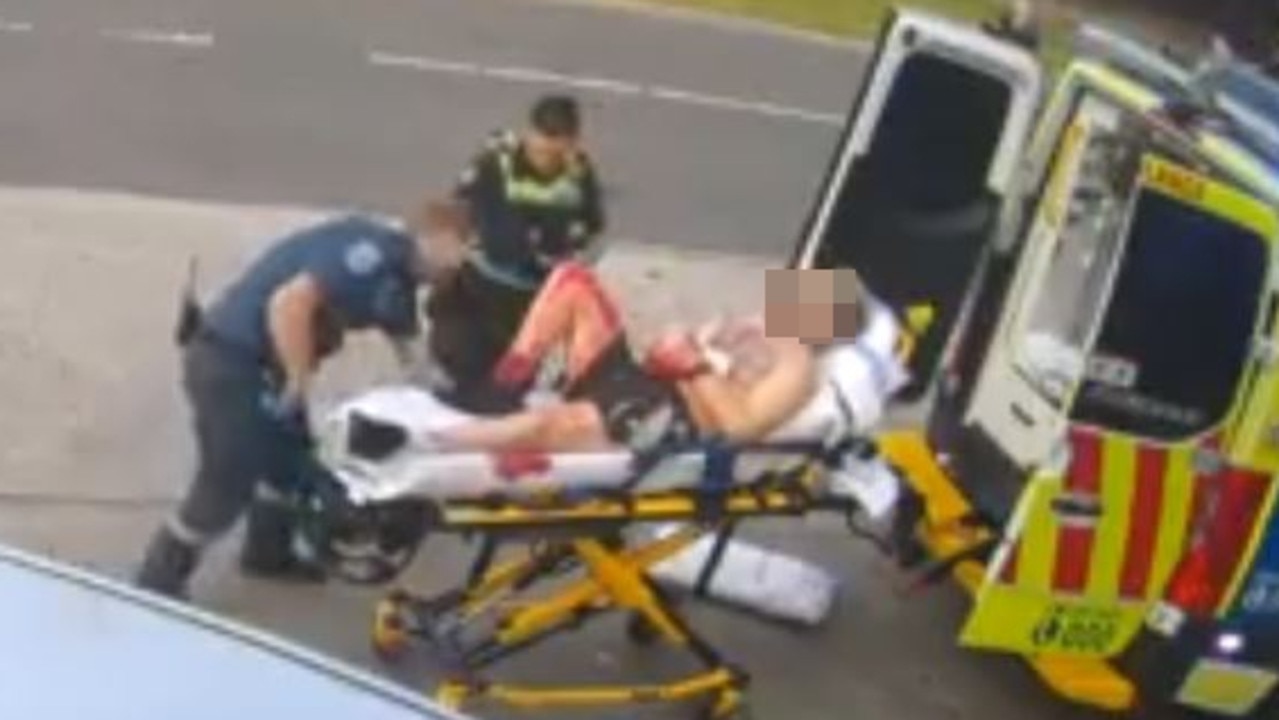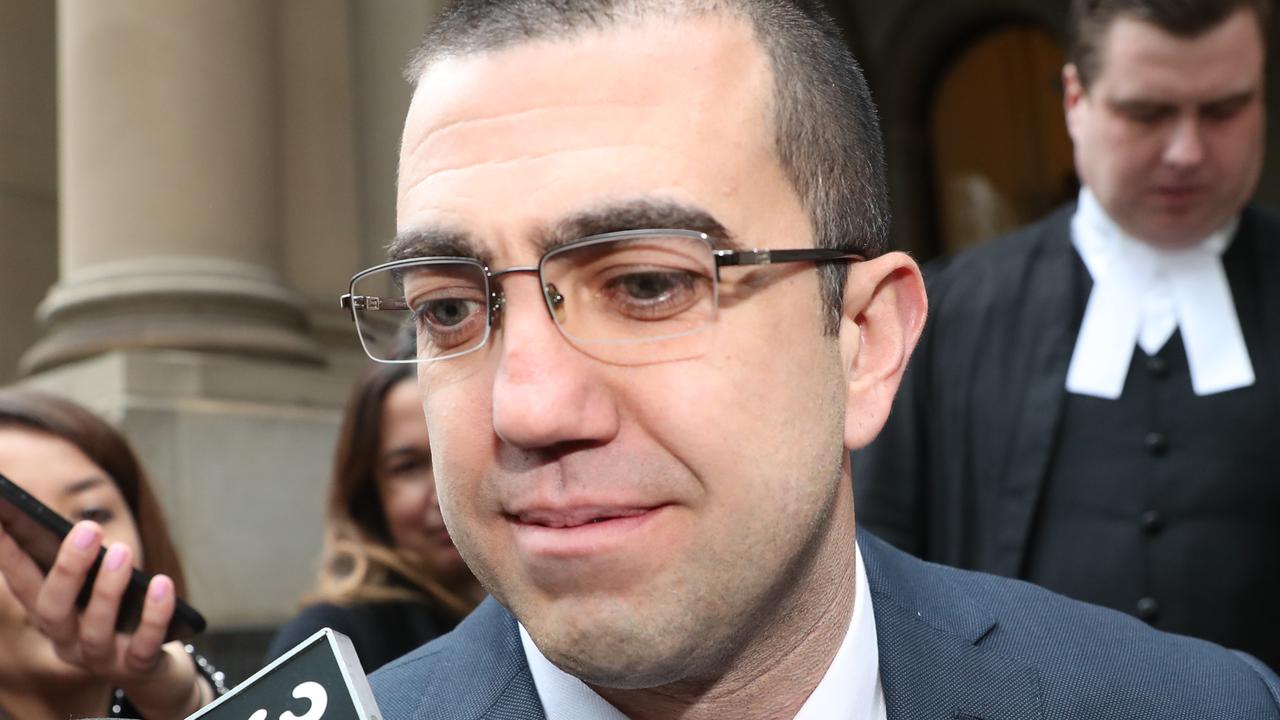Behind the Brighton siege: How the terrifying attack unfolded at the hands of Yacqub Khayre
It’s been six years since Yacqub Khayre held a sex worker hostage and shot dead a receptionist in the terrifying Brighton siege. Last week, a coroner concluded it could not be ruled a “terror attack”.

Police & Courts
Don't miss out on the headlines from Police & Courts. Followed categories will be added to My News.
Yacqub Khayre was armed to the teeth and determined to die for Islamic State when he walked through the front door of a budget Brighton motel on a Monday afternoon.
Barricading himself inside a room, Khayre held a helpless sex worker hostage as he called triple-0 at 4pm and threatened to blow the building up with a bomb.
After a terrifying ten minutes, he entered the lobby and fired two bullets into receptionist Kai Hao, killing him instantly.
By sunset, Khayre was also dead, gunned down after storming towards heavily-armed police, having declared “this is for IS, this is for Al-Qaeda”.
Not for the first time, Khayre had slipped through the cracks.

The Somali-born gunman had been on parole for only six months when he orchestrated the deadly siege on June 5, 2017, after spending weeks accessing extreme material online.
His Google history was littered with searches for ISIS, the 2014 Lindt Cafe siege, the 2015 Paris terror attacks and 2017 London Bridge attack.
His religious mentor — assigned to help him move away from extremism and to educate him about Islam — was on leave in the months leading up to the attack.
But six years on, a coroner has revealed she was unable to determine whether Khayre’s actions were “tantamount to a terror attack” or “motivated by extremist ideology”.
Since Khayre told the hostage he did not want to kill the police but “wanted the police to kill him”, Coroner Audrey Jamieson said his violence was not indicative of extremist or political ideology.
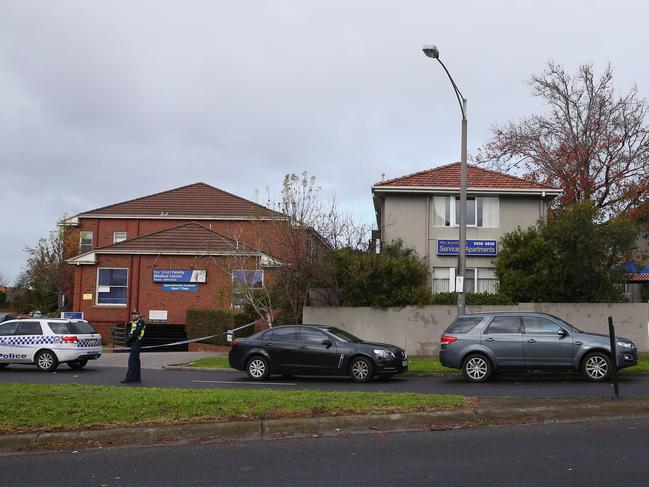
In March 2021, the hostage told the coronial inquest she watched her tormentor pray on a rug on the motel floor before he left to murder Mr Hao.
It was then now or never for the terror-stricken hostage.
She partially broke free from her cable ties and frantically called triple-0.
But her cries for help were soon drowned out by threats from Khayre, who had returned to the room a cold-blooded killer.
“It’s a hostage situation,” he barked at the triple-0 operator.
“No one come into room 11, or else, the hostage dies.”
“The clerk at the front is dead.”
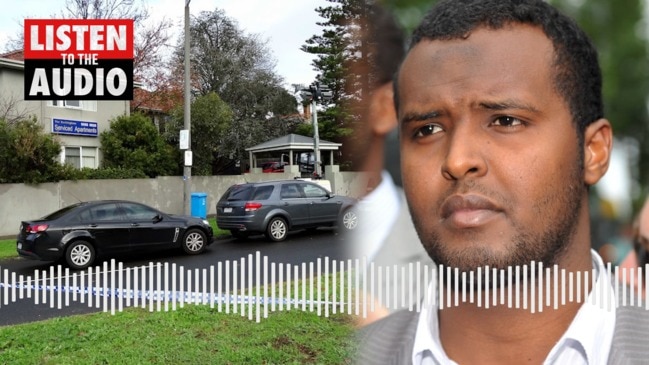
As the minutes ticked by, Khayre called emergency services at 4.45pm, with the hostage telling the Coroners Court he seemed upset the police were yet to storm the room.
But one hour later, he would make the final call of his life.
Khayre forewarned an employee in the Channel 7 television studios: “This is for IS, this is for Al-Qaeda.”
He burst out of the motel room 15 minutes later and opened fire on the officers in the courtyard of the Bay St block, injuring three of them with one of his double-barrelled shotguns.
Members of the elite Special Operations Group — also known as the Sons Of God — reacted by pummelling his body with 15 bullets.
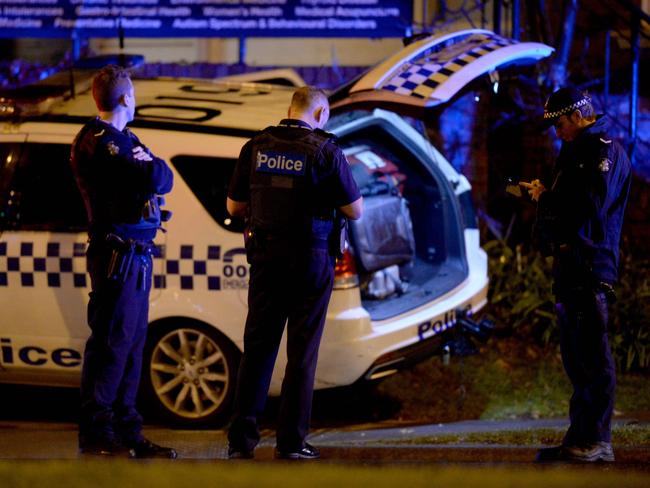
Coronial findings that cast a final fraction of light on Khayre’s demise were only publicly released recently, years after hearings — parts of which were shrouded in secrecy — concluded.
The Brighton siege, however, was not Khayre’s first brush with terrorism.
He was implicated in an Islamic terror plot in 2009 when his friends planned to shoot dead as many personnel as possible at the Holsworthy Army Barracks in New South Wales.
The plot was foiled and Khayre was charged with conspiring to do acts in preparation for or planning a terrorist act, alleged to have to travelled to Somalia to obtain permission from a Muslim cleric for the attack.
He was acquitted following a lengthy trial, even though it appeared likely he was fully aware his mates were plotting an attack.
Two years later, he was sentenced to more than five years behind bars after pleading guilty to a string of serious offences after an ice-fuelled home invasion.
Khayre would soon become regarded as a “Man Monis” type, with a corrections source telling the Herald Sun the prisoner shared similarities with the Lindt Cafe killer.
But when he was released on parole, police adopted a “passive monitoring” role as he “did not exhibit any recognised behaviours that could be assessed as indicating an extremist Islamic ideology”.
Authorities concluded he was a “low level risk” by running an assessment using an “person of interest security prioritisation” tool.
However, officials would testify in other coronial inquests that this tool was “evolving” in the mid-2010s with research continuing to inform its development.
The findings would provide a damning assessment on the state of these counter-terrorism tools at the time.
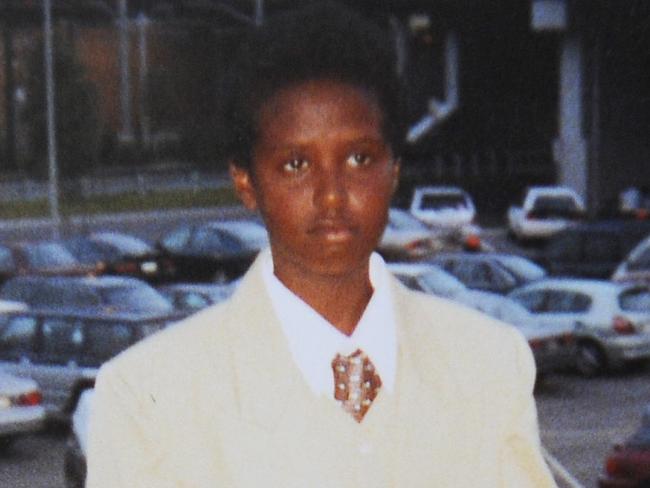
Regardless, an officer from Victoria Police’s Counter Terrorism Command told the inquest it simply did not know Khayre was accessing extremist material online in 2017.
And there was no way for it to know unless it had information to support an application for a telecommunications intercept warrant.
Coroner Jamieson, who released her findings into the deaths of both Khayre and Mr Hao on August 23, ruled the gunman did not adopt a “sophisticated planning strategy” that Monday afternoon.
“I am unable to make a definitive finding on what motivated (him) to run out of Apartment 11 … while discharging the shotgun in his possession,” she said.
She also found the decision taken by the relevant authorities to release Khayre on parole was “reasonable in the circumstances” and that his supervision, management and monitoring was “adequate”.

But the family of Mr Hao, who had been married for two months when his life was cut short, maintain he would still be alive if Khayre had not been released on parole.
These days, convicted ‘Tiny Terrorist’ Momena Shoma rots behind bars for stabbing her Melbourne homestay host to death in Noble Park.
Hassan Khalif Shire Ali is loathed for slaying beloved Melbourne icon Sisto Malaspina in what a coroner described as an ISIS-inspired “act of terrorism”.
But Khayre now goes down in history as the terrorist who was not, ultimately, a terrorist.




